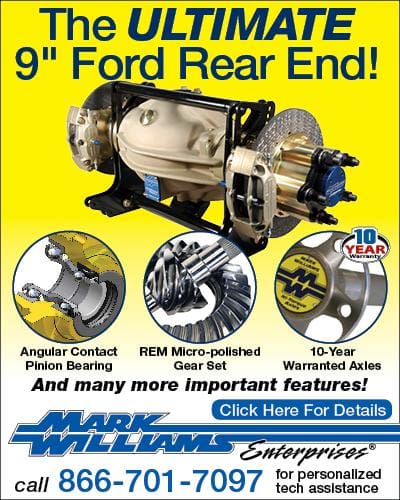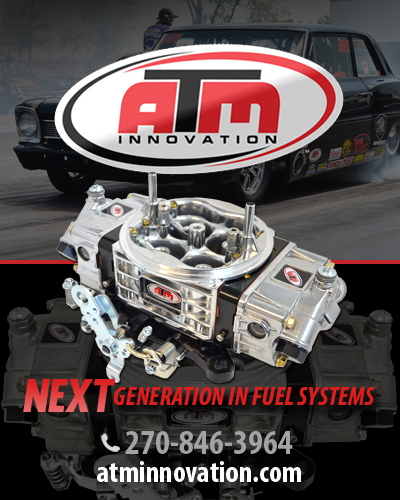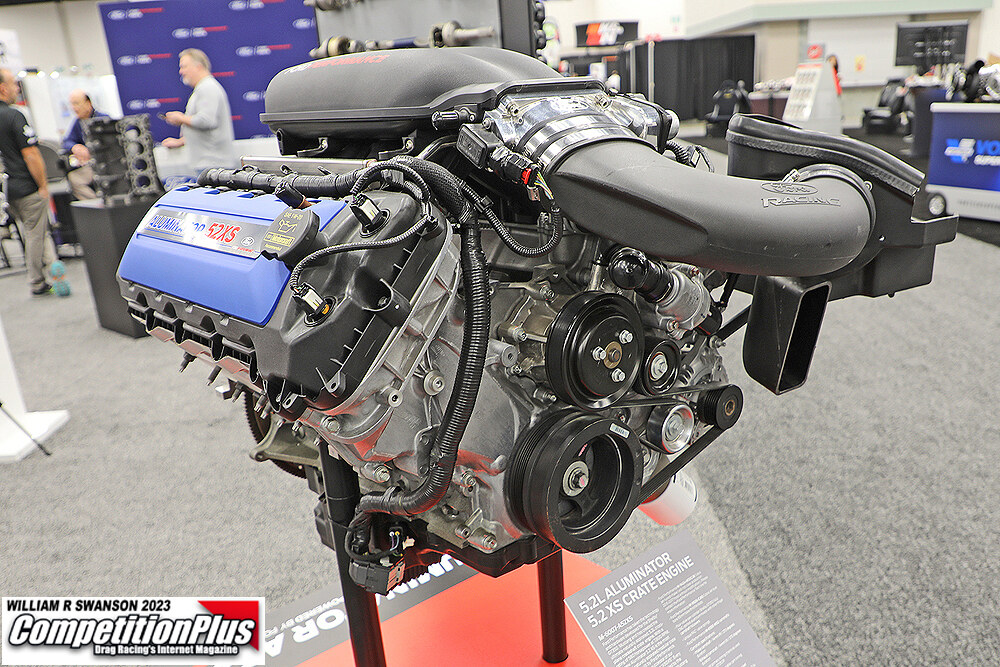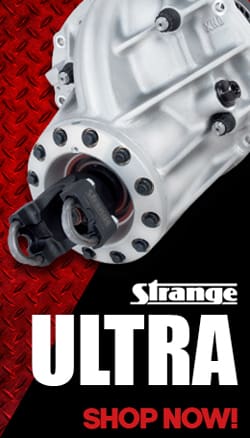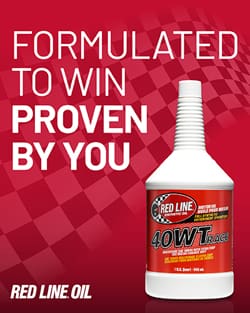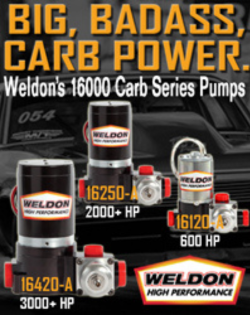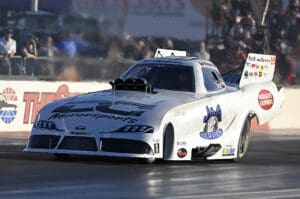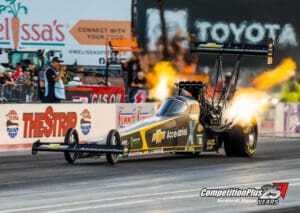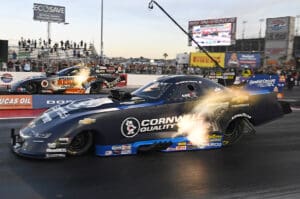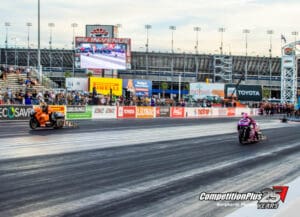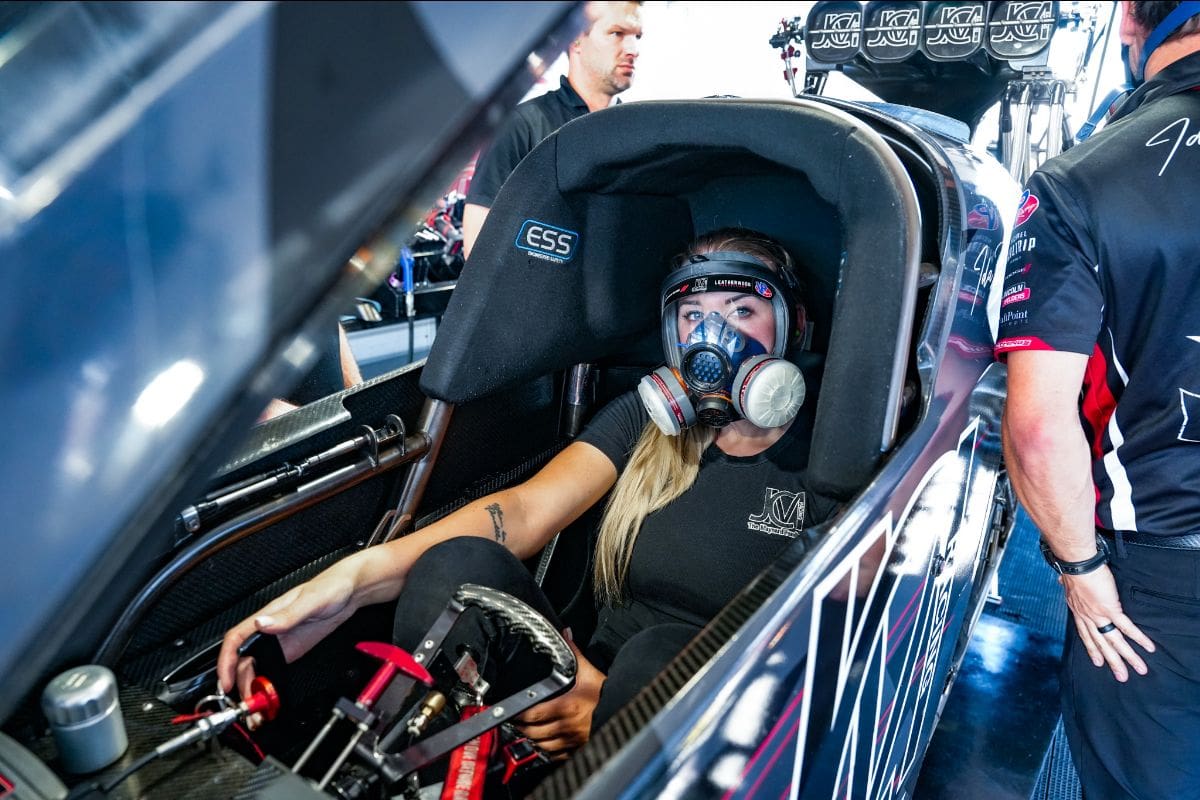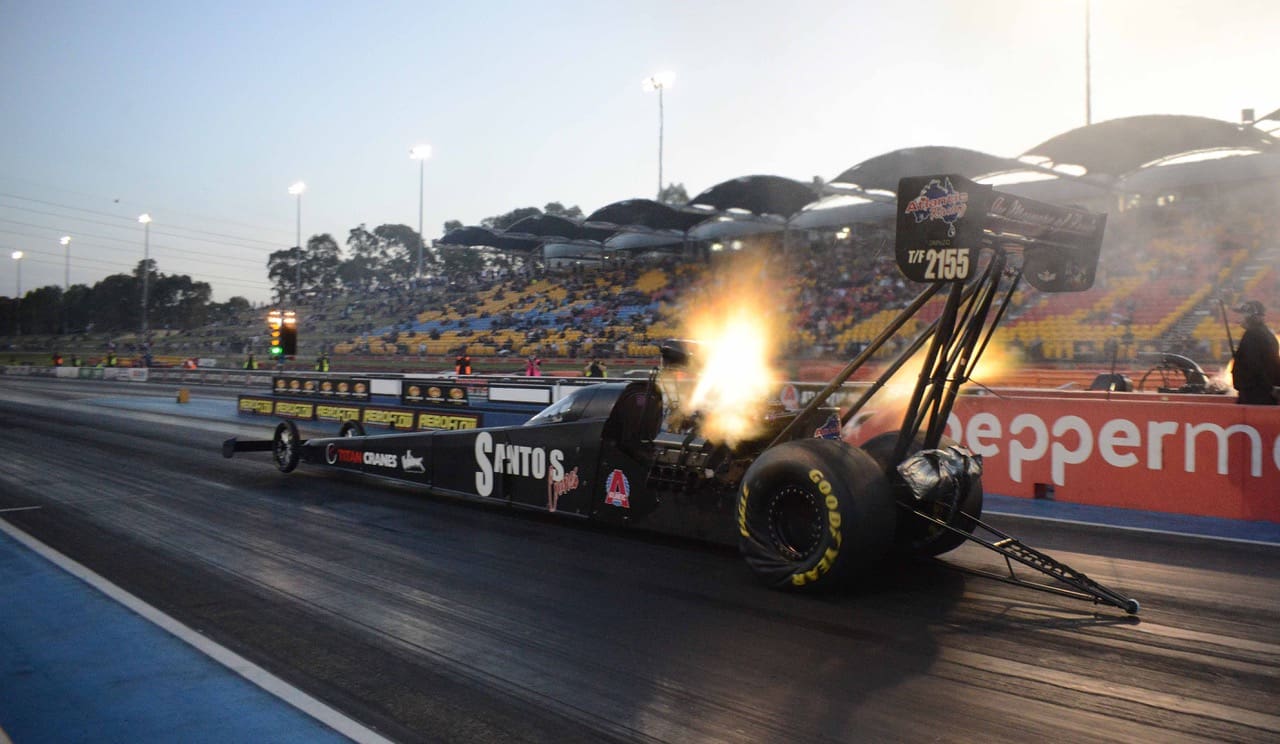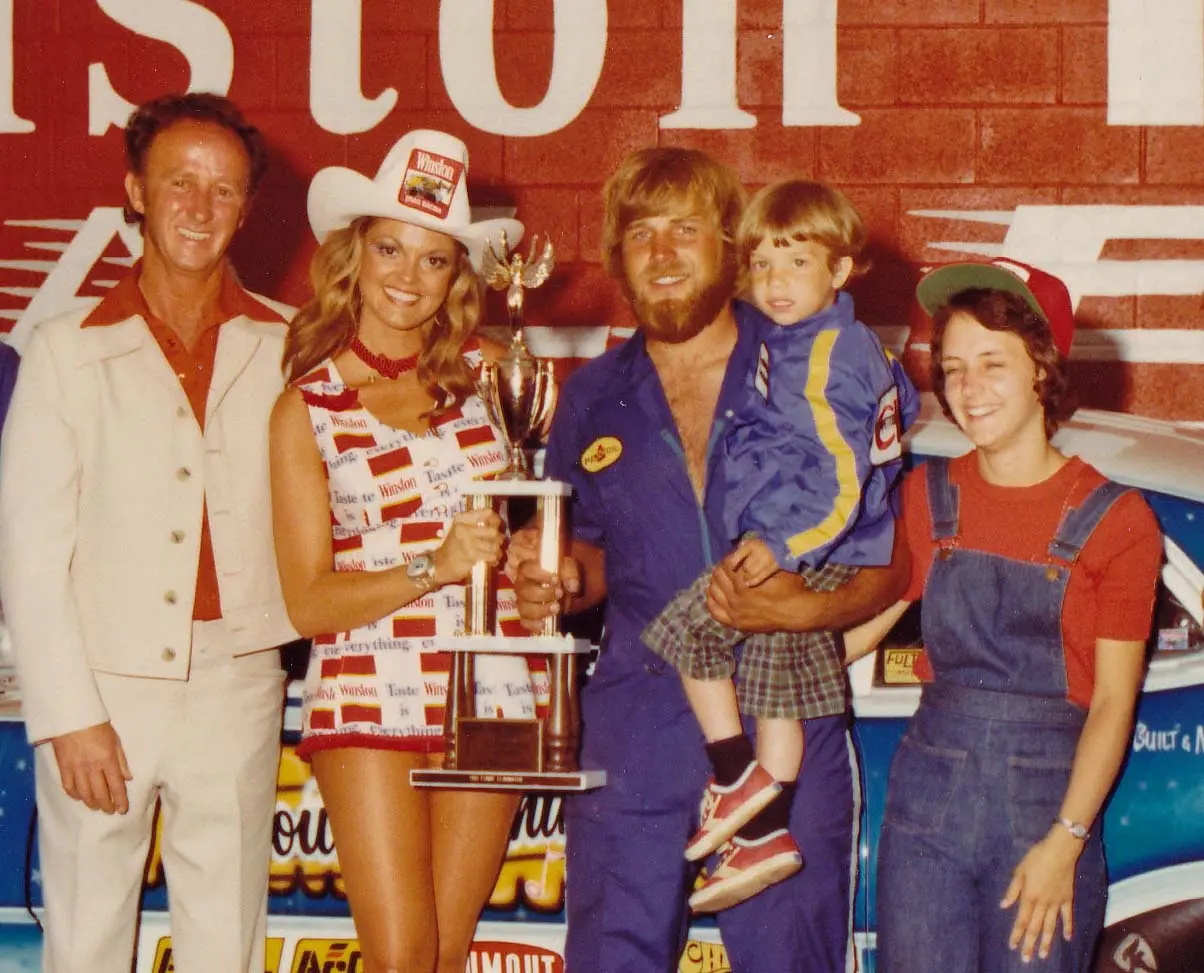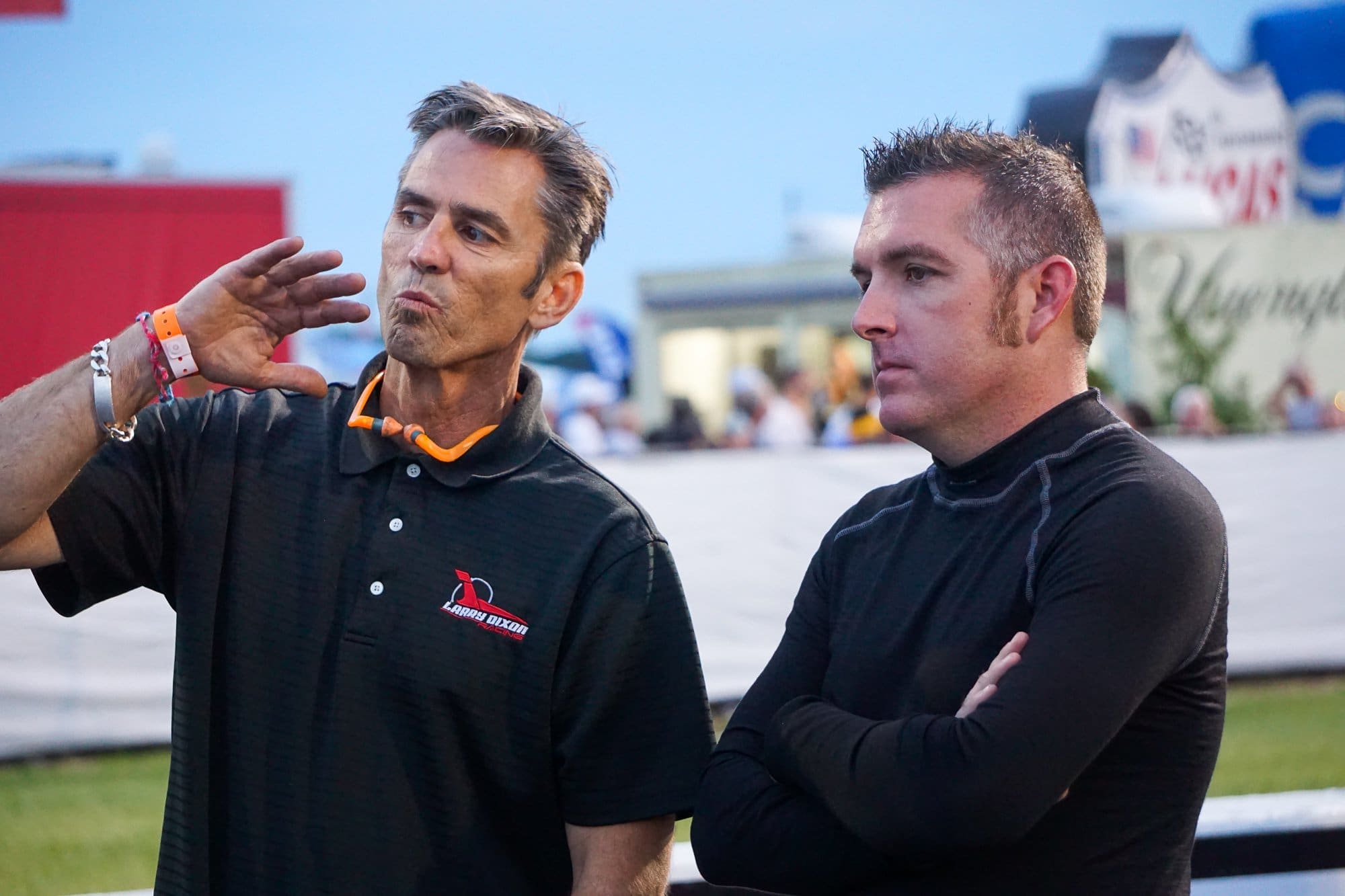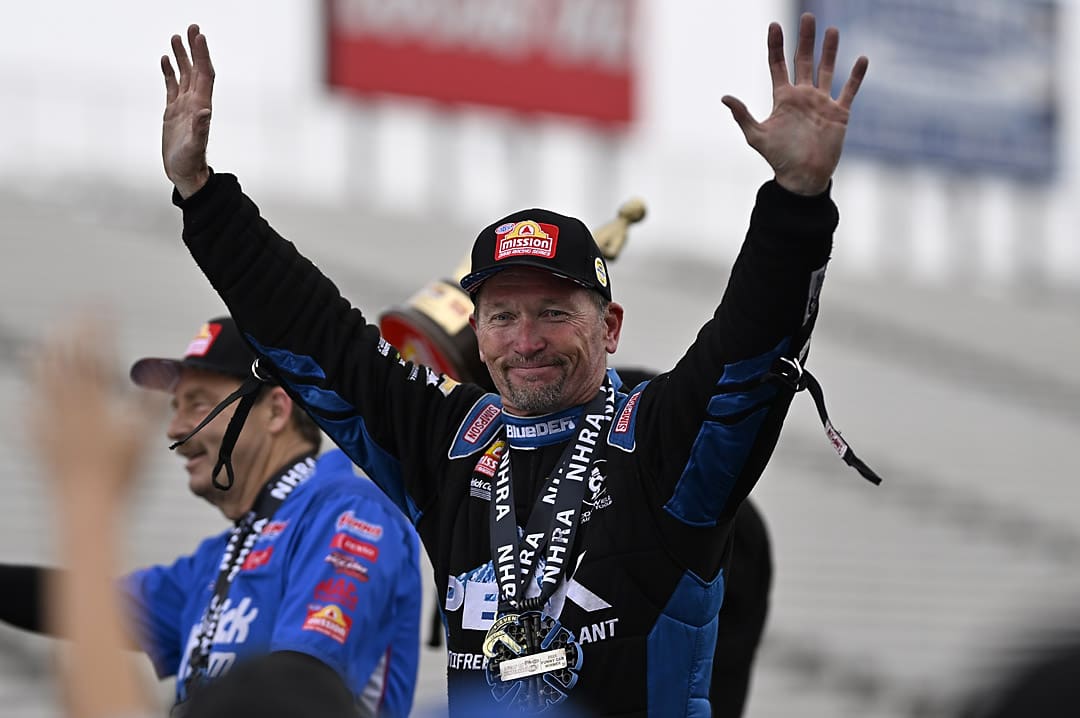
The NHRA Gatornationals last weekend featured the first time one of the major sanctioning bodies fielded a national event without a single nitrous car on the Pro Mod entry list since the class debuted in March 1990. The field was comprised totally of supercharged cars – centrifugal, roots, and screw versions only.
Leading nitrous engine guru Pat Musi, who builds most of the engines for the PDRA’s Pro Nitrous division, said Pro Modified fans had better get used to it.
‘There won’t be any at the next event either unless something changes,” Musi said.
Musi said the nitrous cars are at and have, for the most part, been at a constant disadvantage, and even more so with the addition of the turbos and centrifugal superchargers.
Musi said he and his clients, as well as the other nitrous racers, are tired of the responsibility being on them for parity. A former Pro Stock racer, Musi said the gains for the nitrous combination come in small increments, much like in the factory hot rod class. The other power adders, he said, can make much more significant gains in technology.
“They all want to take the weight off the nitrous cars, and that always seems to be their solution,” Musi said. “Oh, we gave you 50 pounds, they say. Where would they like us to take the 50 pounds from? Want us to cut off a leg?”
Musi believes that NHRA uses taking weight off the nitrous guys as the low-hanging fruit principle of parity.
At the World Street Nationals in Bradenton, Fla, there were only seven nitrous entries in a race where 42 cars made qualifying runs. Four qualified. Eight of the 61 entries for the Drag Illustrated World Series of Pro Modified were nitrous. Only three of them qualified in what proved to be the quickest and closest 32-car Pro Modified field in history.
Some Pro Nitrous fields at PDRA events have had as many as 20 entries.

Those numbers have outspoken Pro Modified advocate Stevie “Fast” Jackson perplexed. That’s mainly because Jackson, a former nitrous racer, believes the combination is the most advantageous of the five power adders competing in the volatile doorslammer class.
Jackson described the absence of the nitrous combination in Gainesville as disheartening.
“It’s definitely the most-power-to-the-lightest-weight combination out there, and nobody can dispute that,” Jackson said.
One might think Jackson would be inclined to pull off a repeat of his screw supercharger lesson, where he adopted the combination for a weekend and exploited the weaknesses of the rules to prove a point. Jackson said he wouldn’t be doing this immediately but didn’t rule it out for the future.
“It’s just a big expense to retool your program, and we’re not in a position to do that right now,” Jackson said. “It’s definitely on the table in the future. With the NHRA tech department, the way they make decisions, there’s just no telling. They may have the nitrous car at 4,000 pounds by next week. So, it’s hard to make sense out of some of that stuff.”
Musi, who grew up in Carteret, New Jersey, said they had a saying around town, “I double dog dare you.”
Musi double dog dares Jackson to run one of his nitrous engine clients and has said if Stevie Fast outruns them with a Pro Nitrous-legal car, he will be the first to tell him he’s the best.
Musi believes if the NHRA wants to keep the nitrous cars around, and he said plenty of them are out there, its rule makers need to slow down the cars that have essentially been given free reign over the class by politics.
“They need to slow the ProChargers and the blowers down if they want to do that,” Musi said. “If they think they don’t want to slow the field down, fine. Just say no nitrous cars. Because that’s what they’re saying.”

Giving to the nitrous cars, Musi said, always comes at a high price to them.
“We’re as big as the motor can get without going to different bore centers and out-dating everybody’s stuff,” Musi said. “We don’t even know. And in today’s world, it would be a one-year project starting today. If we were lucky.”
Musi told Competitionplus.com that the increase of boost for the other combination inevitably is the same as increasing cubic inches. Musi, who builds engines as large as 959 cubic inches, believes there’s no replacement for displacement.
“A nitrous engine is a different animal; these idiots with the blowers and ProChargers always holler because they don’t know anything,” Musi said. “They don’t know any better. They say we have a 959. Okay. Well, they have a motor that creates atmospheres differently. Every time you put more boost to it, you increase the displacement there.
“Now, they won’t tell you that. Let’s say they say we make 3,500 horsepower and divide it by 959. We make 3.6 per inch. Now take a blower. 526 inches. Let’s say we know they make a minimum of 3,800, divided by 526 equals seven per inch. Double just about. You might as well call us a naturally aspirated engine.”
Ned Walliser, NHRA’s Vice President of Competition, stands disappointed at what transpired in Gainesville. However, he sees the positive aspect of what Pro Modified brought to the NHRA season-opener.

“Well, it is disheartening to see no nitrous cars participating,” Walliser said. “That said, the participation we are seeing in Pro Mod is tremendous. We’re seeing growth, we’re seeing new blood, we’re seeing new teams, new combinations, and that’s exciting.
“I would love to see a few cars on the nitrous side step up and come in because what they proved in the eighth mile with their speeds, I think, it could be very entertaining on the quarter mile with us.”
But what’s it going to take to achieve that? Walliser said there’s plenty of encouragement for them to come out to the NHRA’s quarter-mile format.
“Well, I’m sure people would say you could do more, but I feel we’re at the right place,” Walliser said. “Our goal is to make every engine platform combination competitive, so when they pull in the gate, they feel they can not only win a race but be a contender in a championship. And I think we’ve got a formula right now that’s pretty darn good for all of the engine platforms that we have in the class. I would certainly like to see nitrous come into the mix soon and show us what they can do.”
Jackson added that it’s not a “sky-is-falling” moment for nitrous fans.
“I think before the season’s over, you’ll see some people take advantage [nitrous rules package],” Jackson said. “It is very unusual not to see a one-eyed monster out there sitting in the staging lanes.”












